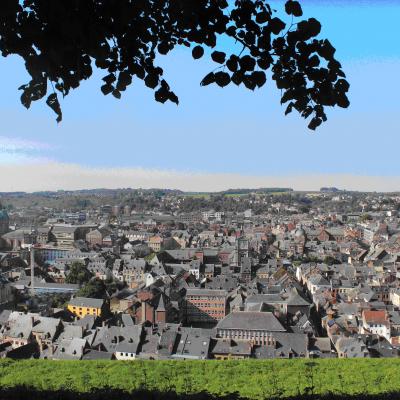
The Social Cohesiveness Department
Context
Namur is the capital of Wallonia in the federalized state of Belgium. This tertiary city escaped the upheavals of the post-industrial era in other major industrial cities in Wallonia. However, the polarization of society is more pronounced because the average income of most inhabitants is fairly high, while many others live in poverty. The city has the advantage of a social fabric that is rich in diversity, enabling it to develop, beginning in the 1990s, social prevention programs that aim to support populations experiencing difficulties using two approaches: social cohesiveness and socio-prevention.
Mission and approach
The social cohesiveness approach is based on social development in neighbourhoods and strengthening intergenerational and intercultural ties. The social prevention approach aims to develop urban safety actions within a socio-preventive framework.
The reason for combining these two approaches under a sole administrative and political responsibility is part of a permanent discussion from a perspective of weighing one against the other with respect for their different missions and objectives. This working method is highly insightful and allows for an integrated approach of different public social policies across a given territory.
Implementation
Each of these programs can be broken down into major aspects to which actions in favour of populations are attached, whether or not they come from the neighbourhoods themselves.
For social cohesiveness, there are actions concerning socio-professional insertion, housing, health, addictions, interculturality and intergenerationality, including a forthcoming project about mediation which includes intercultural mediation, housing and neighbour conflicts.
For socio-prevention, there are actions in public space around public drug use, road safety, incivility, theft of and from vehicles, social nuisances, as well as actions in private spaces concerning person-to-person violence and fighting violent radicalization.
Results
Support for these projects through a variety of intervention methods makes it possible to adapt our management of social difficulties that occur within city limits. Conflict resolution between partners or neighbours, for example, keeps them from having to go to court and fosters discussion in a reassuring environment.
Peace officers and a team of street educators in the city have had very positive effects, making public space more peaceful. All of these actions are helping us to develop a City to Live in concept.
City
Owner

